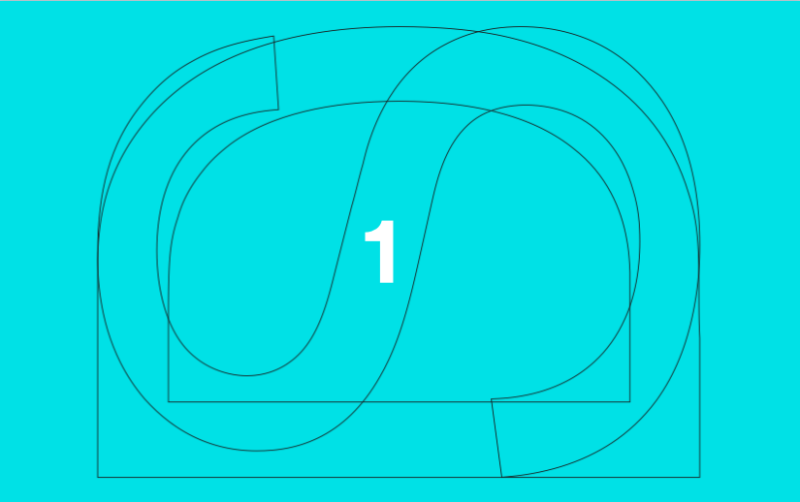- Â
5 Unit 01: John Caserta
w Helpful List of Formats, Process and Concepts September 24, 2015
í Unit 1: Due week 3
In your group meetings today, you should have honed in on the most striking observations and/or recordings. For next week, focus your attention on a singular curiosity and create five forms (but not necessarily objective) that communicates the value of your attention in that area.
B Unit 1: Readings
Required
“Attention,” Lorraine Daston. Curiosity and Method: Ten Years of Cabinet Magazine
“An Attempt at Exhausting a Place in Paris,” Georges Perec
“Approaches to What?” Georges Perec
“The Rules of the Game,” Paul Auster and Sophie Calle
Supplementary
Video clip from “Smoke” adapted from Paul Auster short story
Interview with Katerina Seda
The Everyday, WhiteChapel Documents of Contemporary Art
í Unit 1: Day 1, In-class

The Bohemian Dinner, Charles Greene Shaw
Head out to the Independence Trail. Choose a spot and through close looking and careful observation, make as long of a list as possible that describes what you see. What are all the ways you can describe both big and small, natural and man-made, temporary and permanent, boring and extraordinary? At what point do your observations depart from what is objectively there to associations/opinions from the point of view of the maker. Make note of those as well.
Come back before the end of class. If there’s time, split into groups of 3 or 4 and read through/share your lists. Make sure you choose a spot and start.
Your text document should take the form of a hand-written list on letter-sized paper so that it can be share with your groupmates and pushpinned on the wall at the end of class for general class or small group review. The exercise should demonstrate the range of possible observations and start to suggest where value lies in the everyday urban observation. How objective and subjective are the observations, and what ideas arise from any of it? Camera phone your list and place on Google Drive/website (what your instructor suggests) by the end of the unit.
í Unit 1: Due week 2
Pick one spot in the city and begin to think of it as yours. It doesn’t matter where, and it doesn’t matter what. A street corner, a subway entrance, a tree in the park. Go to to your spot every day at the same time. Spend an hour watching everything that happens to it, keeping track of everyone who passes by or stops or does anything there. Take notes, take photographs. Make a record of these daily observations and see if you learn anything about the people, or the place, or yourself.
—‘The Rules of the Game,’ Paul Auster to Sophie Calle
Let’s play by Paul Auster’s rules. Choose one of the 50 spots on Providence’s “Independence Trail” as your spot. The historic significance of the Independence Trail serves as a note of possible contrast with what you will see in today’s Providence, but for the most part, it’s a system of spots.
You are learning to work with what already exists, before you do anything. Using all of the following recording techniques, create an exhaustive amount of documentation of the area surrounding your spot (100 documents minimum). You may move from your spot to record or further inspect, but limit your field of attention to what you can see from the spot you choose from the below map. Note the word exhaustive is meant to force you to deeply engage with your area. Go to your spot a minimum of three times for at least an hour each time. As far as recording, some media may make more sense than others based on what grabs your attention. Notes may work better than images in some places or cases (nighttime). Be sure to spend a good deal of time not recording anything at all. A recording is often the result of seeing not a mediator of what you see. Experiment with all of the following:
- Photography (in all its permuatations)
- Diagrams
- Sketches
- Lists
- Narrative paragraph
- Audio
- Video
- iPhone apps?
Present your findings to your classmates in section at the start of class next week in an organized fashion. Pin up what can be pinned up, have a laptop out for digital assets, make sketches visible, etc. We will look at the results briefly as a group, then work in smaller groups to discuss how well the forms you made are communicating what you saw. Address this line of questioning when you show your work: What did you notice of value? What did you decide to share? How did the way you recorded and shared your observation make sense given what you saw and what you want to say?
Everyone should be set up by the beginning of class.
This first unit is meant to kickstart best practices and ongoing forms that you will use in the next two years. Buy and begin using a sketchbook (letter-sized or smaller), set up a blog (specifically for this class, not Instagram or Pinterest… tumblr is ideal) and begin to reflect and document your experiences in a way that will make your final documentation go smoothly.



